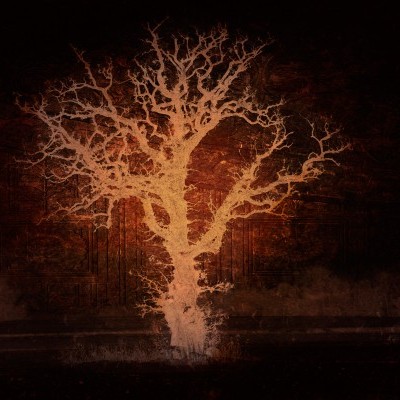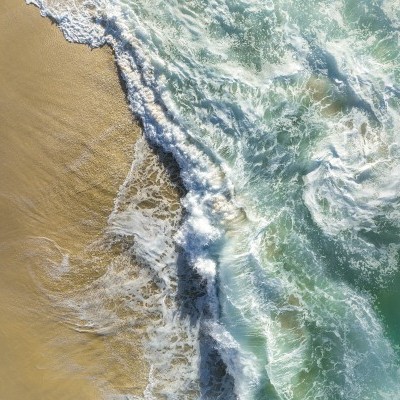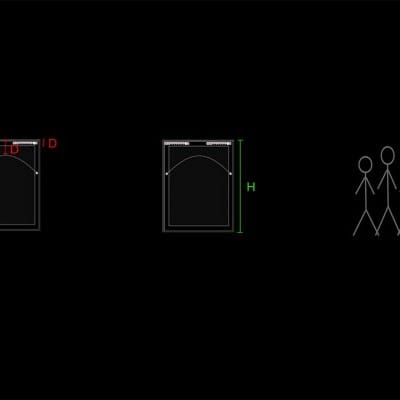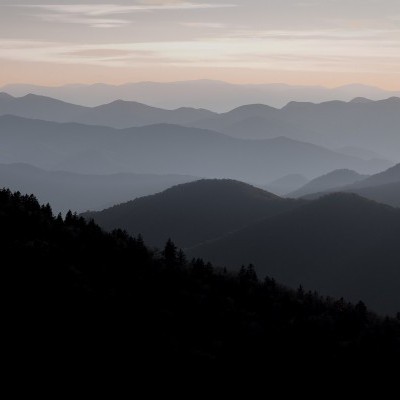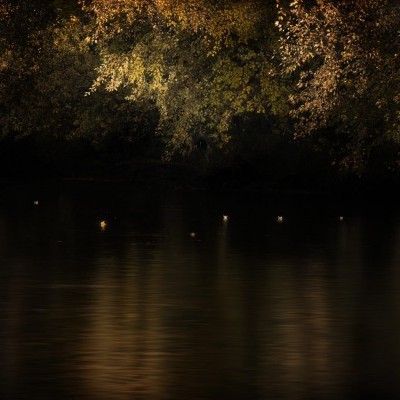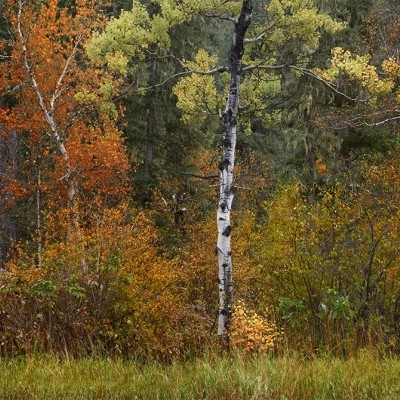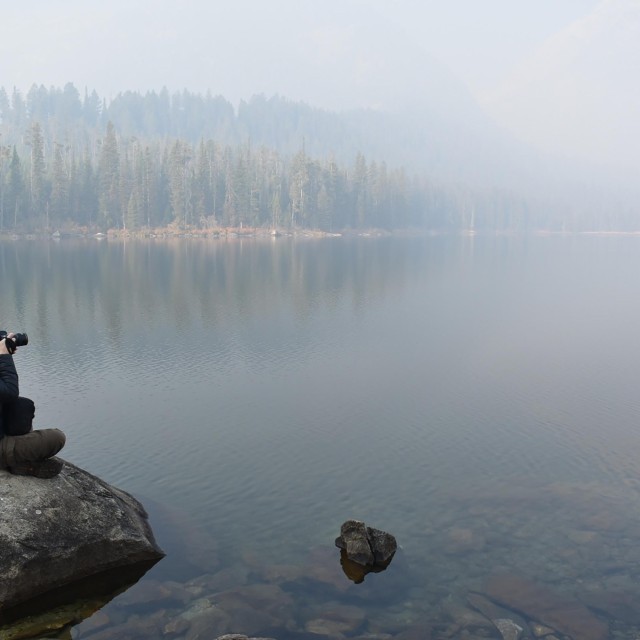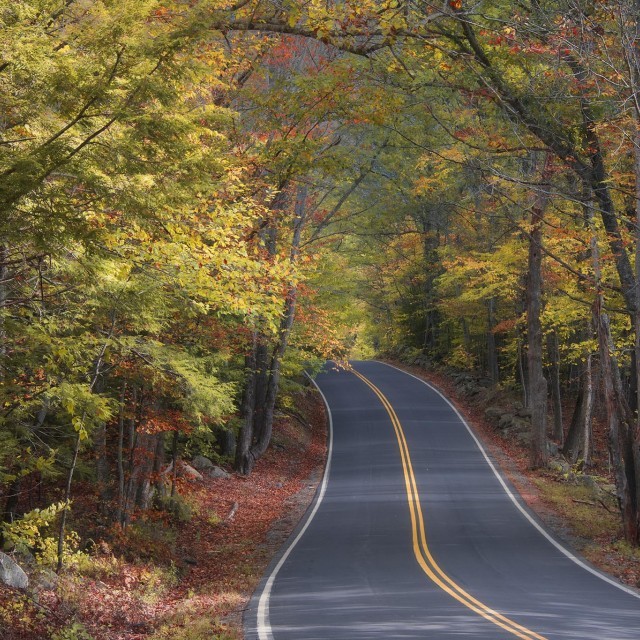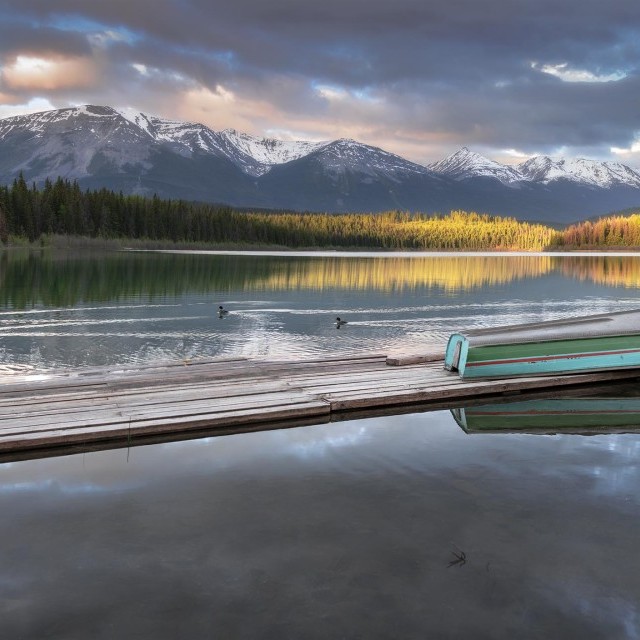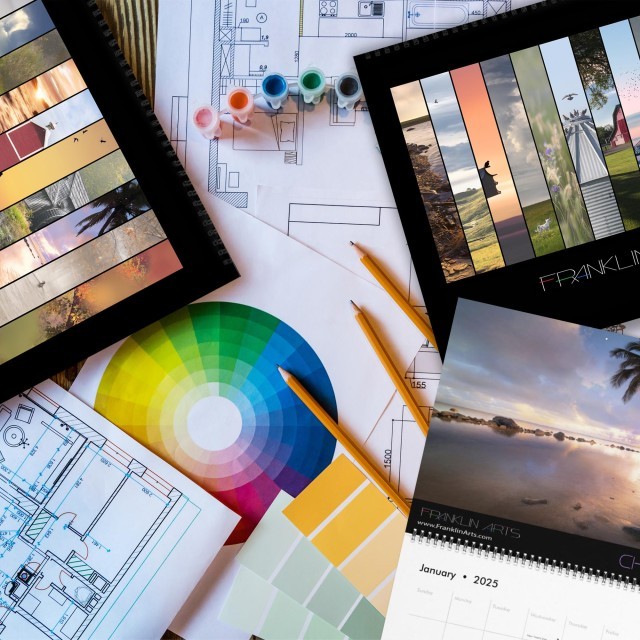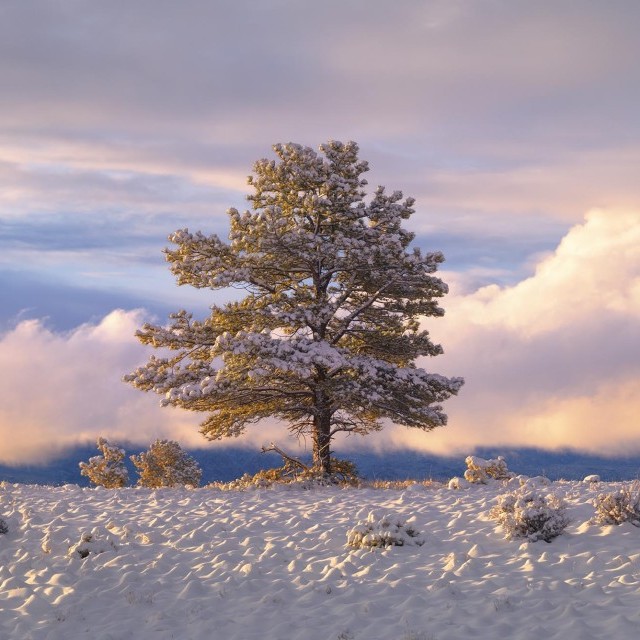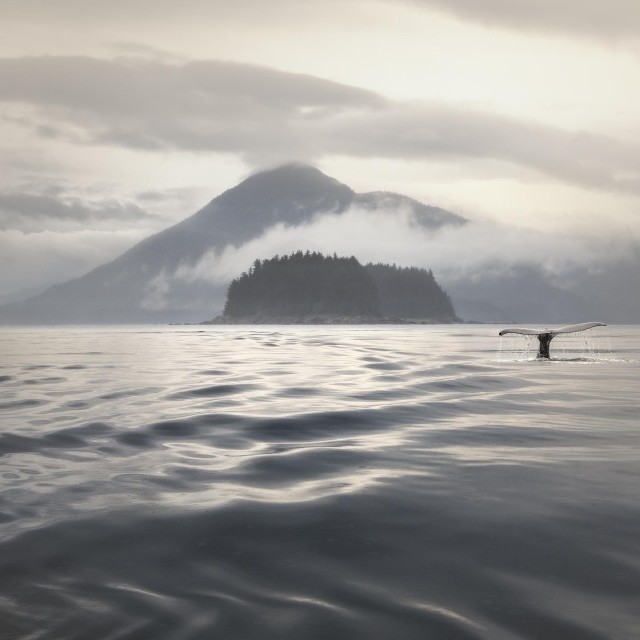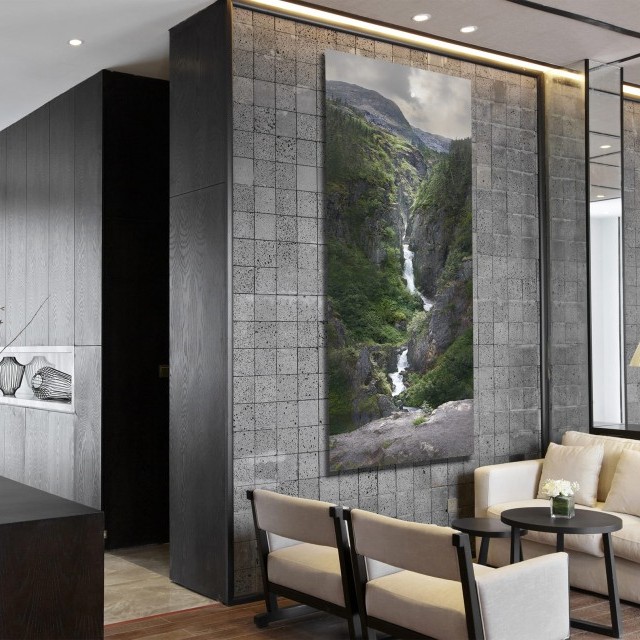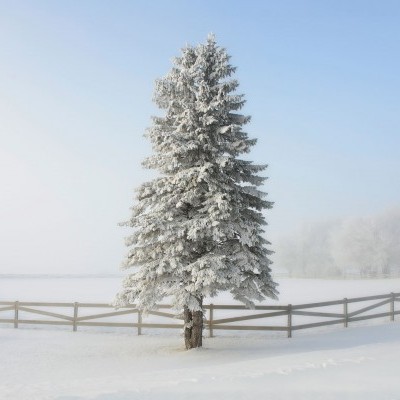
After several commercial installations over the years, I have found that art on wood seems to get a lot of attention.
Its uniqueness gets noticed immediately, and its subtle flare makes people stop to analyze it.
Unlike other art substrate materials like canvas, metal, and acrylic, this one makes people want to touch it.
And, unlike any other substrate, this one should be touched!
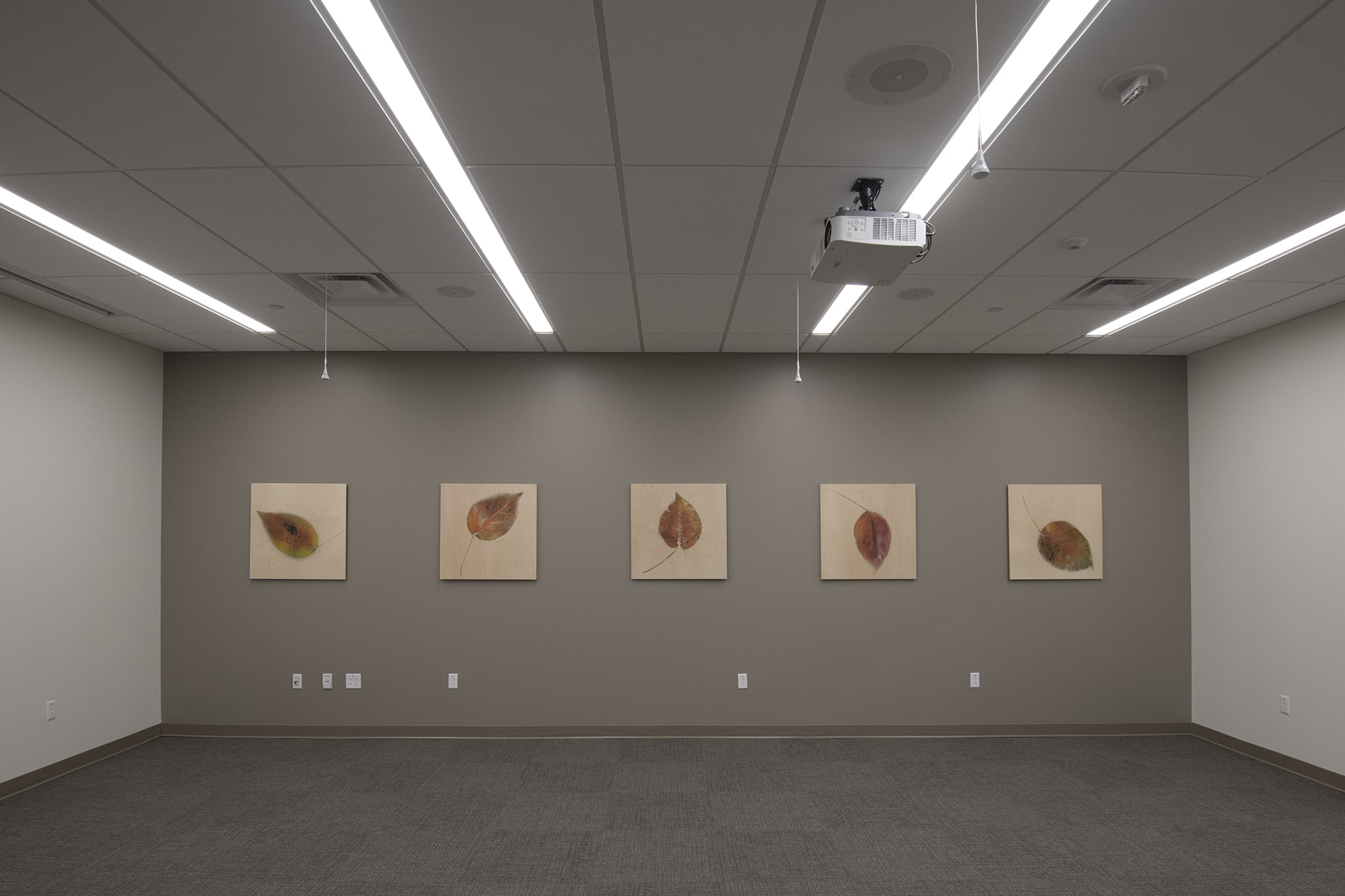
To be clear—these wood prints are printed on half-inch thick maple wood. They have a float mount affixed to the back to make them feel as though they are levitating, just off the wall.
The flare of wood art prints stems from the wood grain revealed within the image.
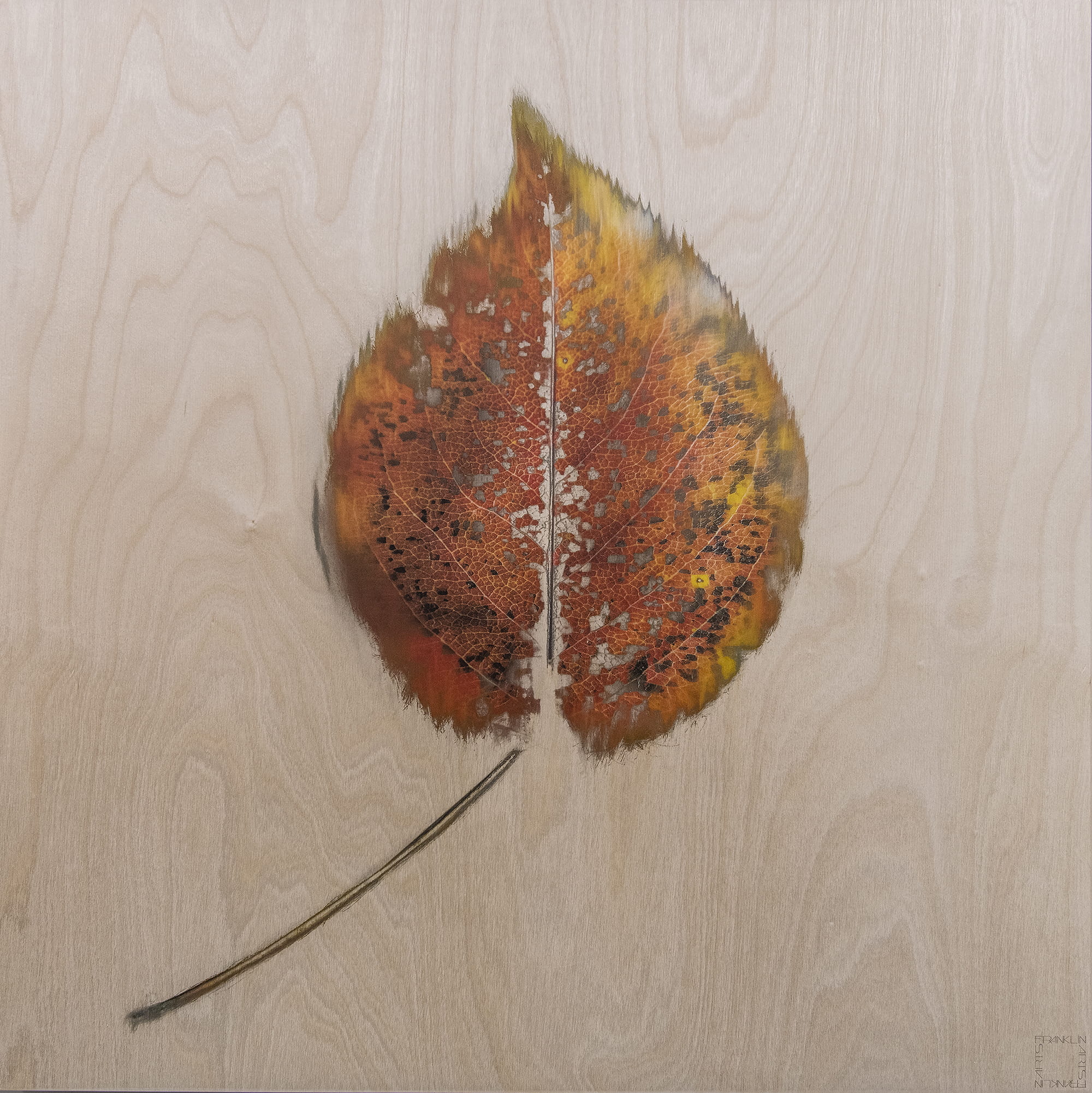
When is wood artwork a good choice?
- There are other wood elements in the room to play with.
- Wood can warm up an otherwise cold space.
- Wood acts as a strange juxtaposition of vintage and modern. If you are trying to balance the room in one way or another, it may help you do either. This sounds weird, but I’m not sure how else to say it.
- If you want something that triggers the art seismic scale in the uniqueness category.
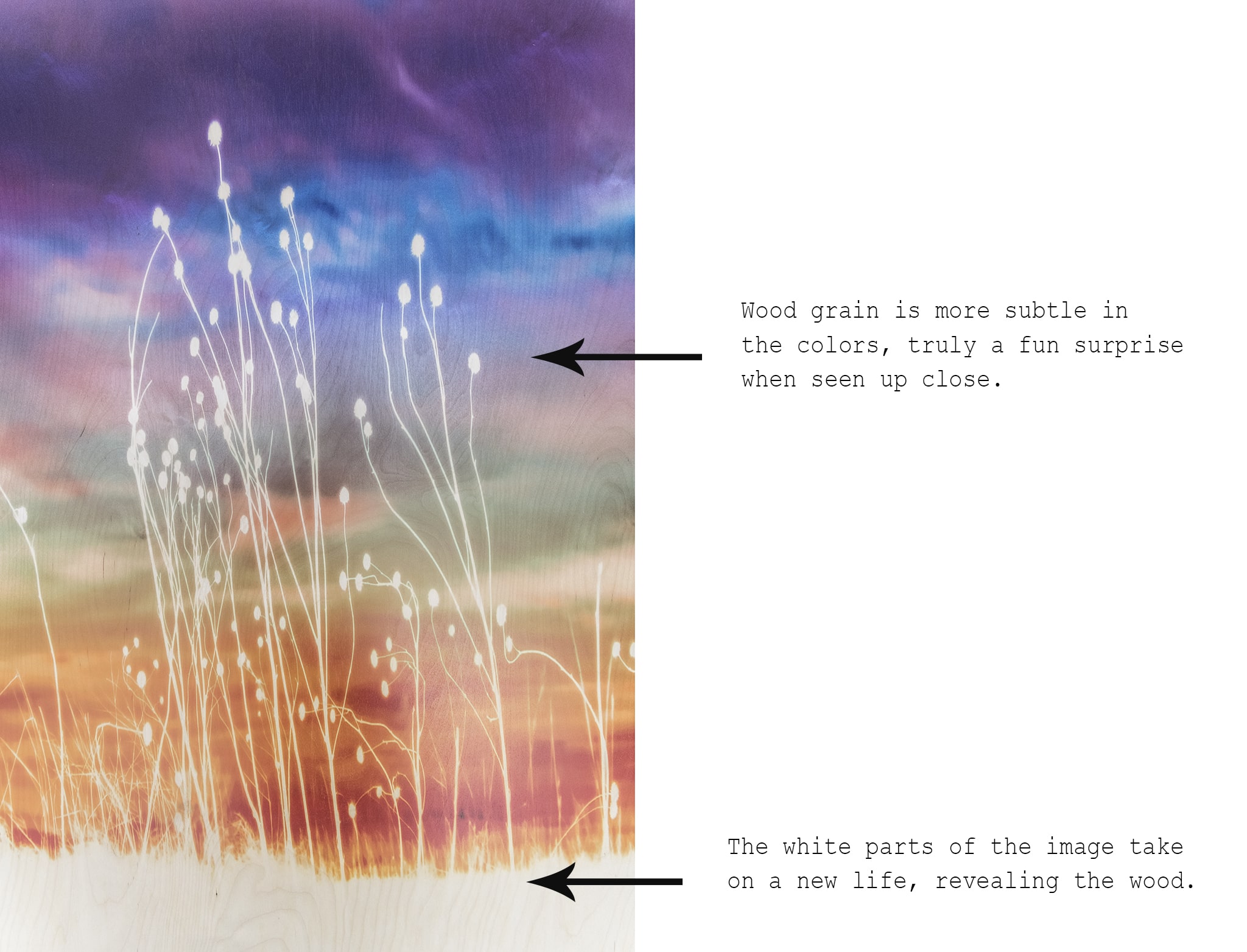
Let's be real, though.
Not all images are meant for wood. In fact, only about 20 percent of images really look spectacular on wood.
This is subjective, but in my view after many experiments, imagery that looks best on wood share these ingredients:
- The image has white or very light portions to let the wood grain show through and these light parts are not crucial to the makeup of the image. If a white portion of the image is the most important, know that it will "become" wood which can suddenly disrupt the image.
- The image contains nature scenes with trees, and other elements that play off of the literal wood. Our brain likes the perfect sense that nature would be displayed on a natural element like wood.
- The image reveals intricate patterns or shapes to allow interplay between them and the grain.
- Just as grain shows through light or white portions, it is more noticeable in the dark or black parts as well, although more subtle, but certainly makes for a fun surprise.
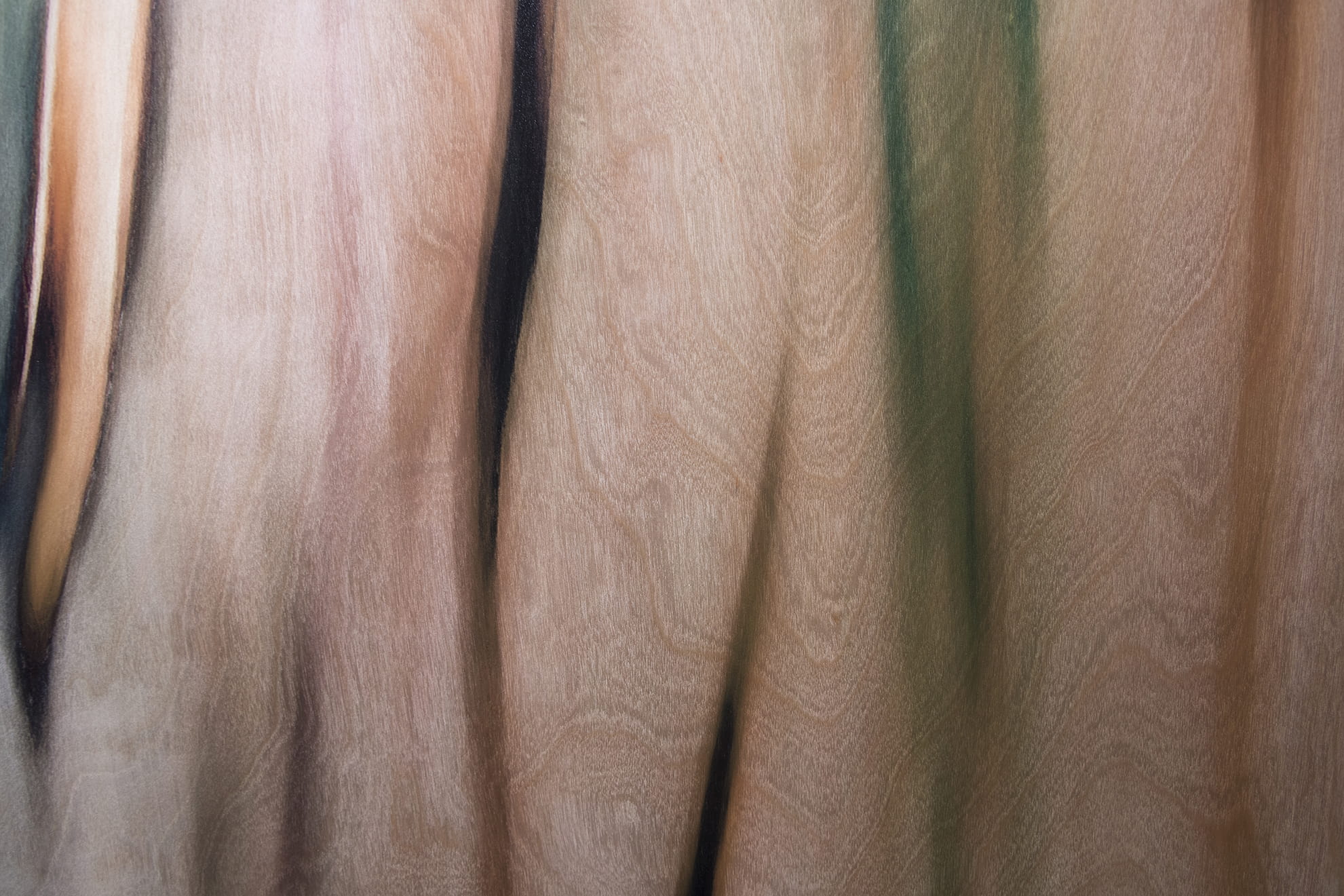
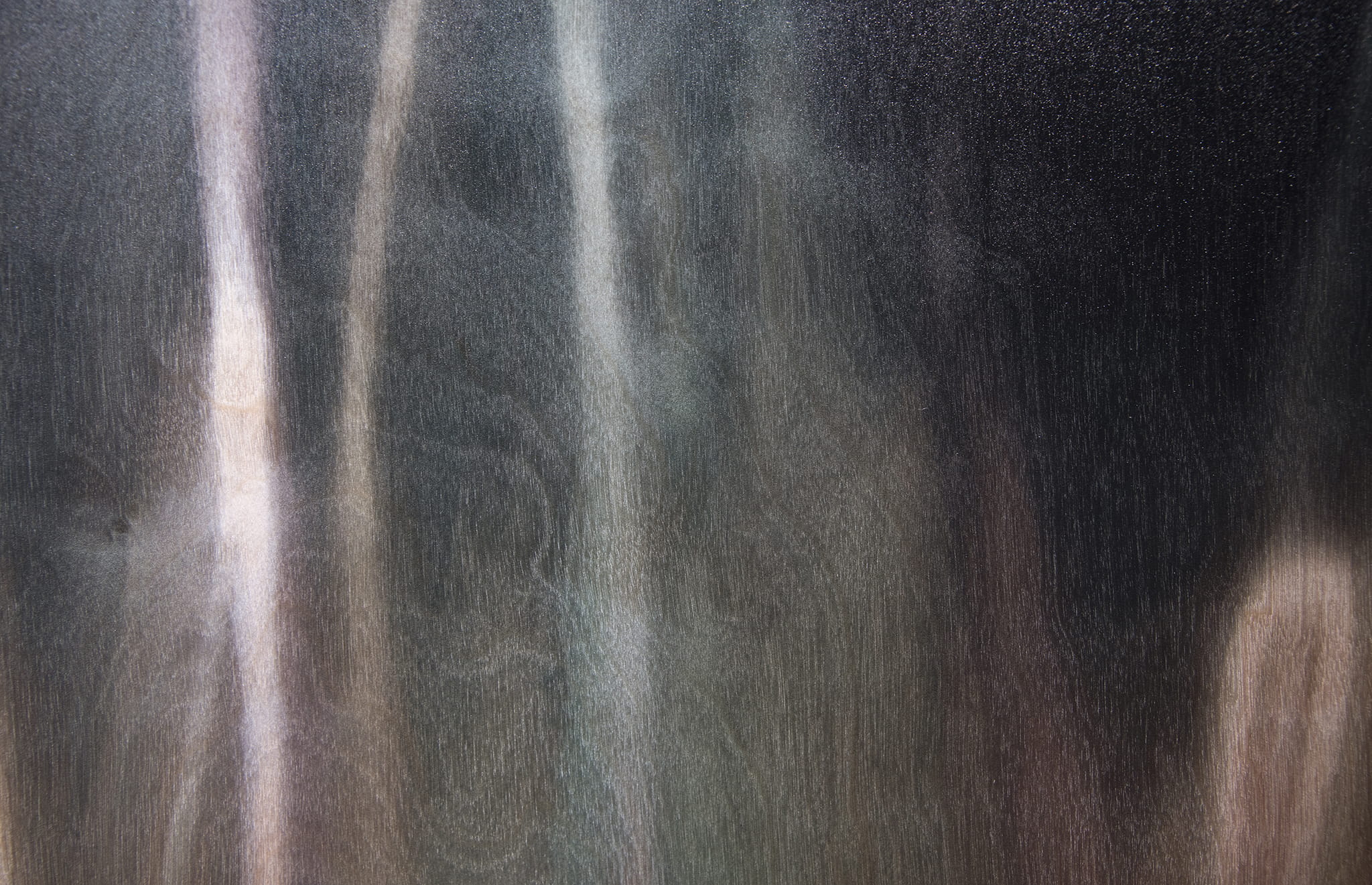
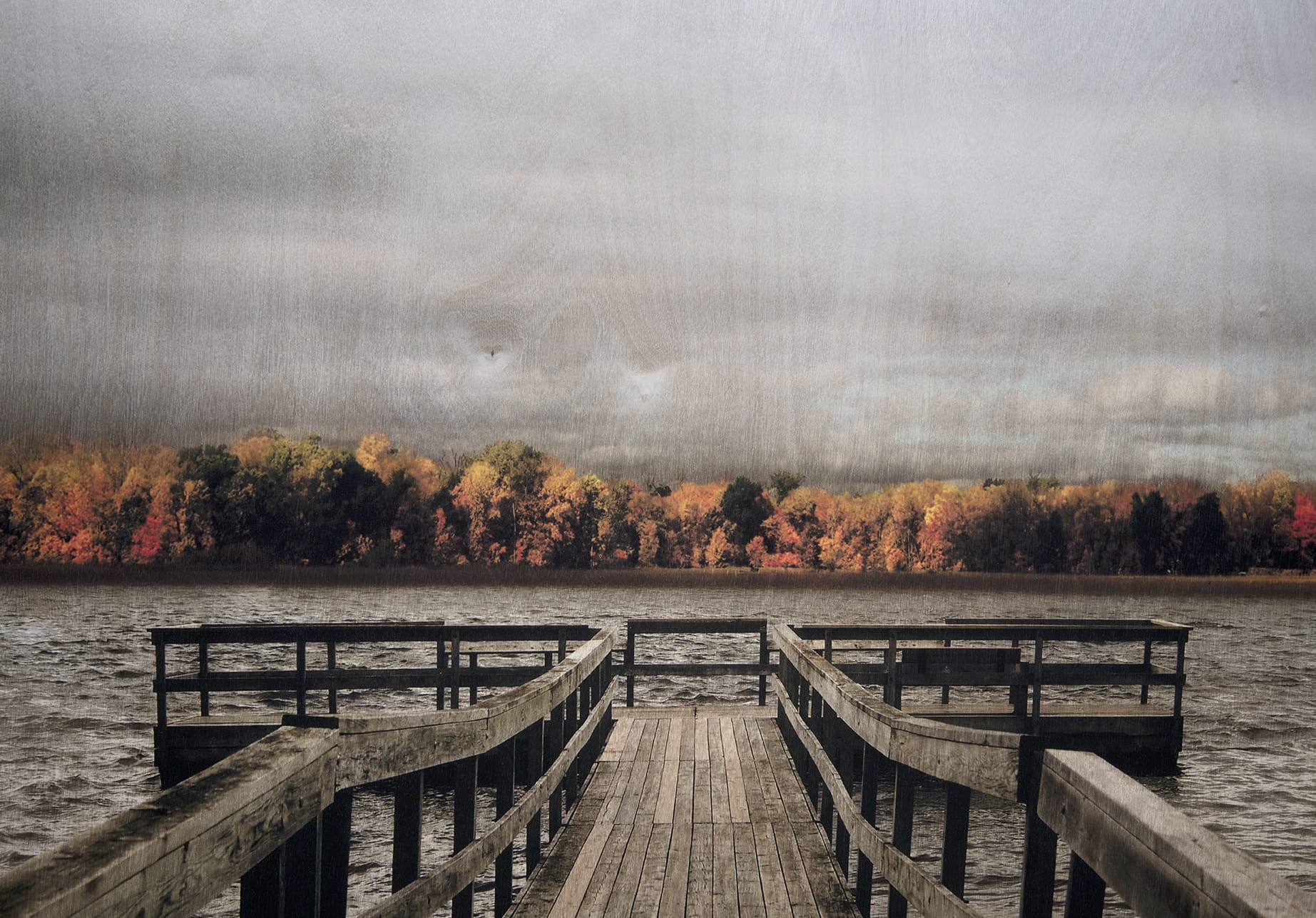
So, what happens if you really want wood but the image doesn’t play nice?
The good news is there’s another way: A layer of white can be printed underneath the image, obstructing grain from showing through too much. While I believe this defeats the purpose a bit, it can be done successfully.
You might consider doing this for portraits, for example, so there’s not a weird wood grain splashed on someone’s forehead ;-)
To make sure the wood grain is a little more noticeable, you can also add a border around the edge to fully reveal the wood’s beautiful grain.

